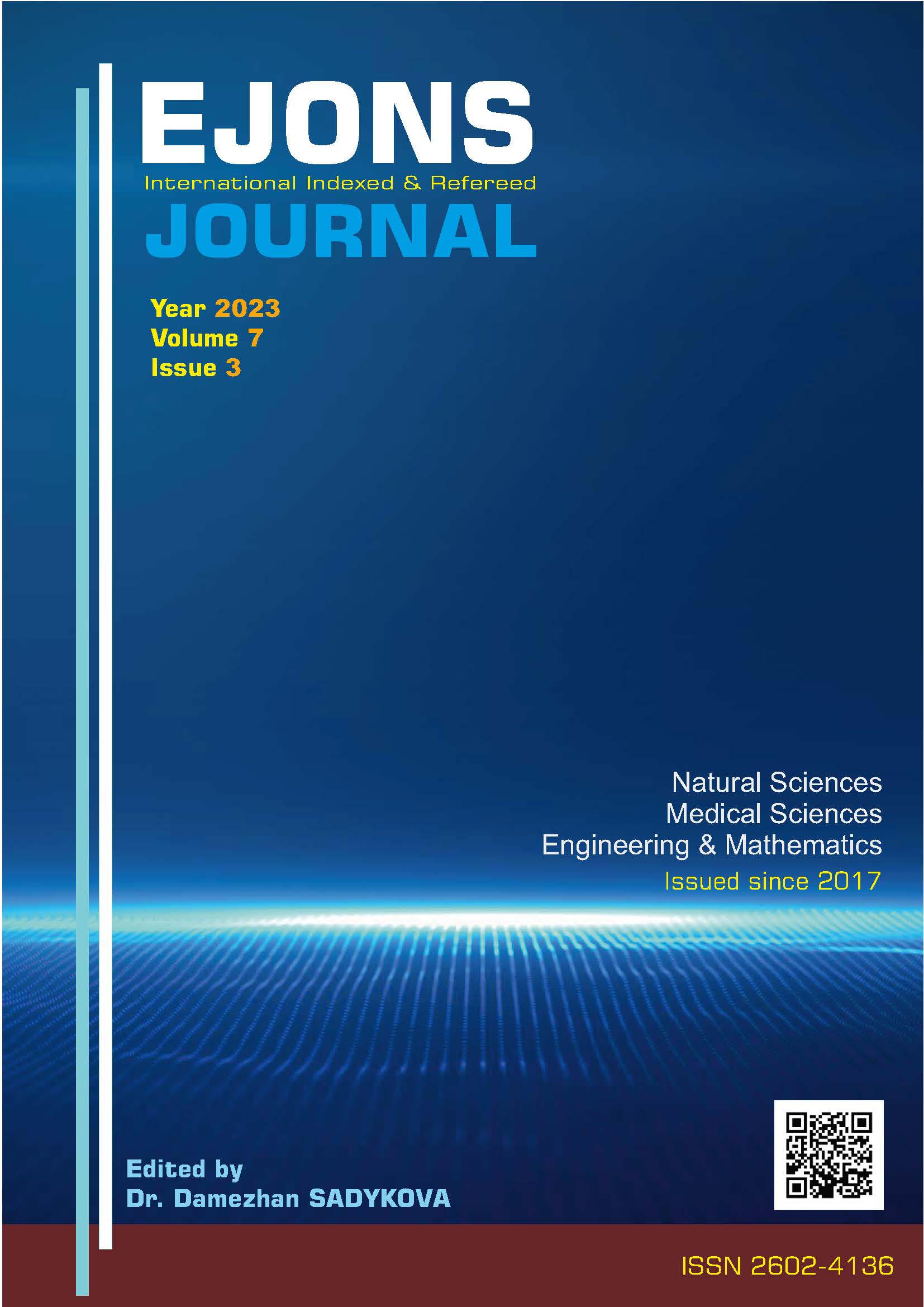Post-Traumatic Stress Disorder Following the Worst Disaster of the Last 100 Years
Earthquake and Post-Traumatic Stress Disorder
DOI:
https://doi.org/10.5281/zenodo.10478856Keywords:
Earthquake, Post-Traumatic Stress DisorderAbstract
The purpose of this research was to examine the effects of these two separate major earthquakes, involving hitherto unseen characteristics, on the psychological states of women experiencing them and to contribute to the adoption of measures by which to minimize such problems in future disasters.
The study was conducted in Public Hospital Obstetric Clinic two months after earthquakes. Data were collected using the Post-Earthquake Trauma Level Determining Scale. Data collection was performed over 30 days. A total of 440 participants were included. Demographic characteristics including age, sex, education, occupation, marital status, number of children, and income were recorded.
Mild trauma scores were observed in 112 (25.45%) participants, moderate trauma in 170 (38.63%), severe trauma in 139 (31.59%), and very severe trauma in 19 (4.31%). Trauma scores differed significantly among the groups in terms of damage inflicted on the home (p<0.001) and with poor income status (p=0.009). Individuals whose homes had collapsed or suffered severe damage registered higher trauma scores than those with moderate, little, or no damage to their homes (p<0.001 for all).
Etiological factors leading to trauma must be considered in the aid and support to be provided.
References
Yetter T, Masten E. Post-traumatic stress disorder. JAAPA. 2022;35(5):62-3. doi: 10.1097/01.JAA.0000824984.90489.95.
Galea S, Vlahov D, Resnick H, Kilpatrick D, Bucuvalas MJ et al. An investigation of the psychological effects of the September 11, 2001, attacks on New York City: developing and implementing research in the acute postdisaster period. CNS Spectr. 2002;7:585–7. doi: 10.1017/s1092852900018198.
Henning JA, Brand BL. Implications of the American Psychological Association's posttraumatic stress disorder treatment guideline for trauma education and training. Psychotherapy (Chic). 2019 Sep;56(3):422-430. doi: 10.1037/pst0000237.
Tanhan F, Kayri M. Deprem sonrası travma düzeyini belirleme ölçeğinin geçerlik ve güvenirlik çalışması. Kuram ve Uygulamada Eğitim Bilimleri. 2013;13(2)1013-25.
Abolhadi E, Divsalar P, Mosleh-Shirazi MA, Dehesh T. Latent classes of posttraumatic stress disorder among survivors of the Bam Earthquake after 17 years. BMC Psychiatry. 2022;22(1):603. doi: 10.1186/s12888-022-04216-3.
Ma Z, Xia Y, Lin Z. Curvilinear relationship between disaster exposure and psychological growth:10 years after the Wenchuan earthquake. Psychiatry Res. 2019;274:280-6. doi: 10.1016/j.psychres.2019.02.032.
Qi J, Yang X, Tan R, Wu X, Zhou X. Prevalence and predictors of posttraumatic stress disorder and depression among adolescents over 1 year after the Jiuzhaigou earthquake. J Affect Disord. 2020;261:1-8. doi: 10.1016/j.jad.2019.09.071.
Trabsa A, Lee N, Lee JH. Posttraumatic Stress Symptoms, Physical Illness, and Social Adjustment Among Disaster Victims. Disaster Med Public Health Prep. 2022;17:e195. doi: 10.1017/dmp.2022.89.
Kilic C, Ulusoy M. Psychological effects of the November 1999 earthquake in Turkey: an epidemiological study. Acta Psychiatr Scand. 2003;108:232-8. doi: 10.1034/j.1600-0447.2003.00119
Wang X, Gao L, Shinfuku N, Zhang H, Zhao C, Shen Y. Longitudinal study of earthquake-related PTSD in a randomly selected community sample in north China. Am J Psychiatry. 2000;157:1260- 6. doi:10.1176/appi.ajp.157.8.1260.
Thompson-Hollands J. Introduction to the special section on social relationships and posttraumatic stress disorder treatment: Harnessing the power of significant relationships. J Trauma Stress. 2023;36(3):479-83. doi:10.1002/jts.22922.
Fu M, Hall BJ, Xi J, Guo J. Gender differences in trajectories of mental health symptoms among Chinese earthquake survivors. J Psychiatr Res. 2021;142:117-124. doi: 10.1016/j.jpsychires.2021.07.034.
Acharya PR, Chalise P , Khadka S, Chaulagain B, Maharjan B , Pandey J, et al. Post-traumatic stress disorder and its associated factors among survivors of 2015 earthquake in Nepal. BMC Psychiatry. 2023;15;23(1):340. doi: 10.1186/s12888-023-04836-3
Altindag A, Ozen S, Sir A. One-year follow-up study of posttraumatic stress disorder among earthquake survivors in Turkey. Compr Psychiatry. 2005;46:328-33. doi: 10.1016/j.comppsych.2005.01.005.
Iinuma K. Lessons from "the 2011 off the Pacific coast of Tohoku Earthquake" through activity of Japanese Red Cross Ishinomaki Hospital (JRCIH). Brain Dev. 2013;35:190–2. doi: 10.1016/j.braindev.2012.10.002.
Green BL, Lindy JD, Grace MC, Leonard AC. Chronic posttraumatic stress disorder and diagnostic comorbidity in a disaster sample. J Nerv Ment Dis. 1992;180:760–6. doi: 10.1097/00005053-199212000-00004.
Downloads
Published
How to Cite
Issue
Section
License
Copyright (c) 2023 EJONS INTERNATIONAL JOURNAL

This work is licensed under a Creative Commons Attribution-NonCommercial 4.0 International License.


